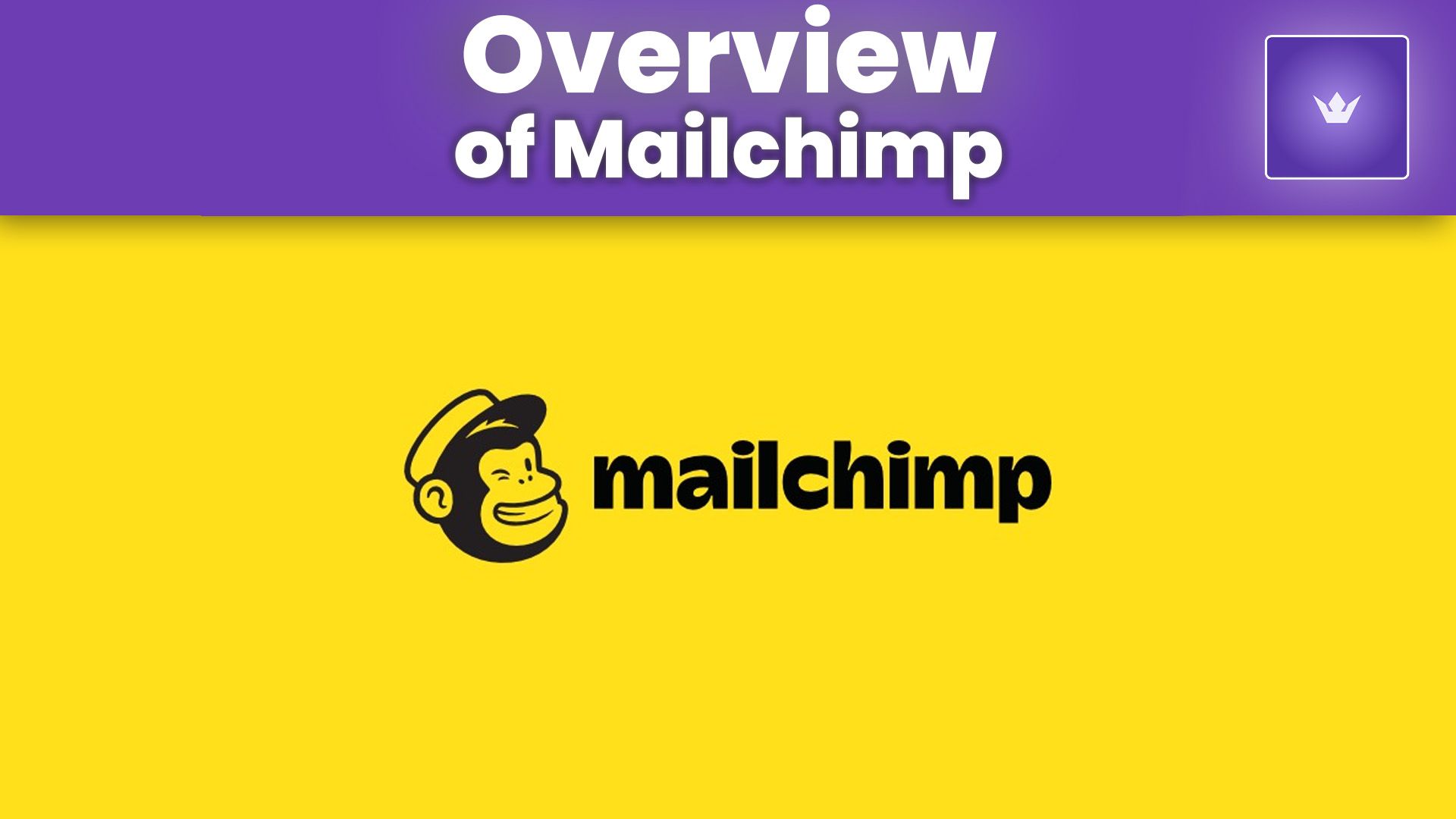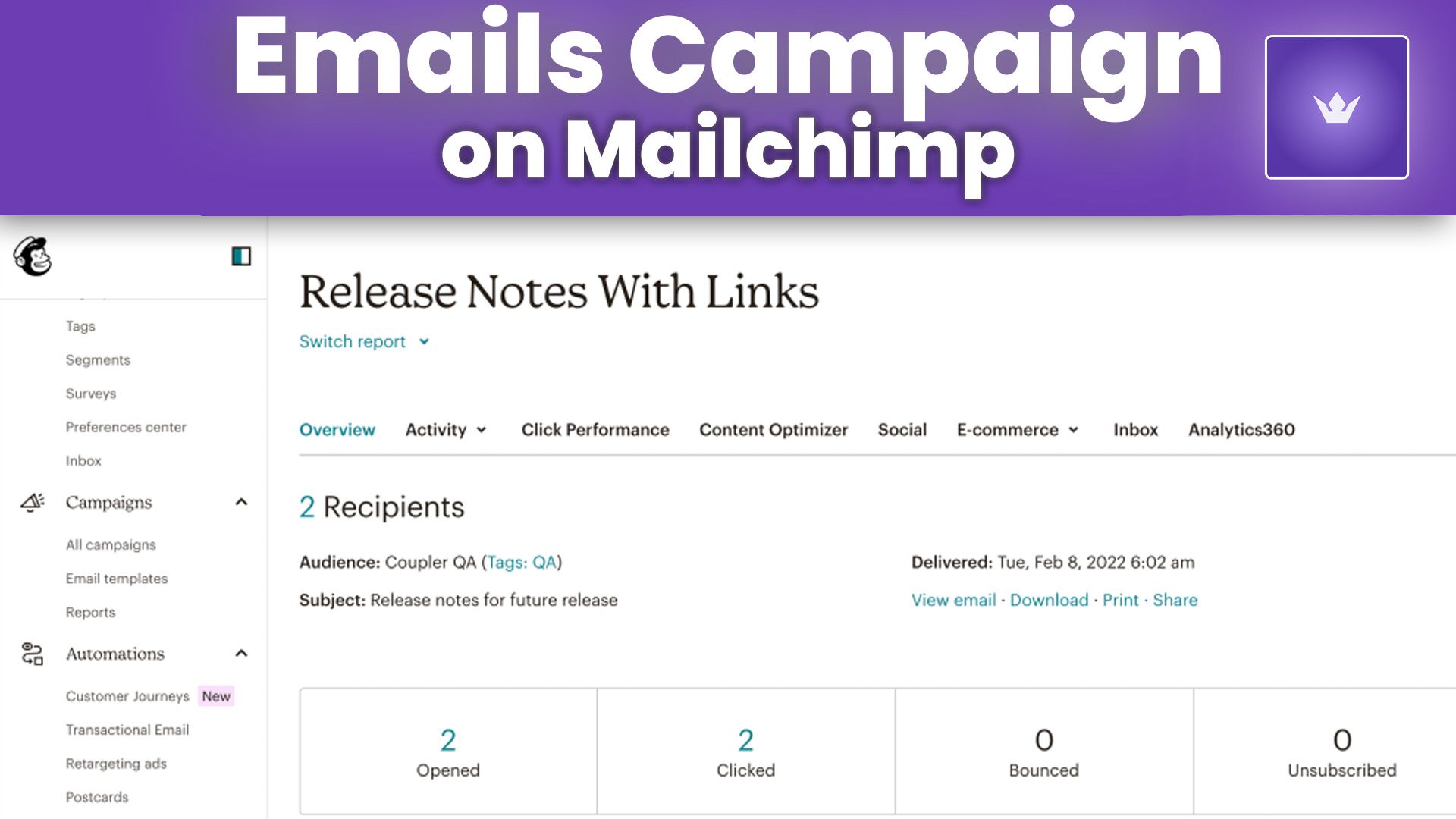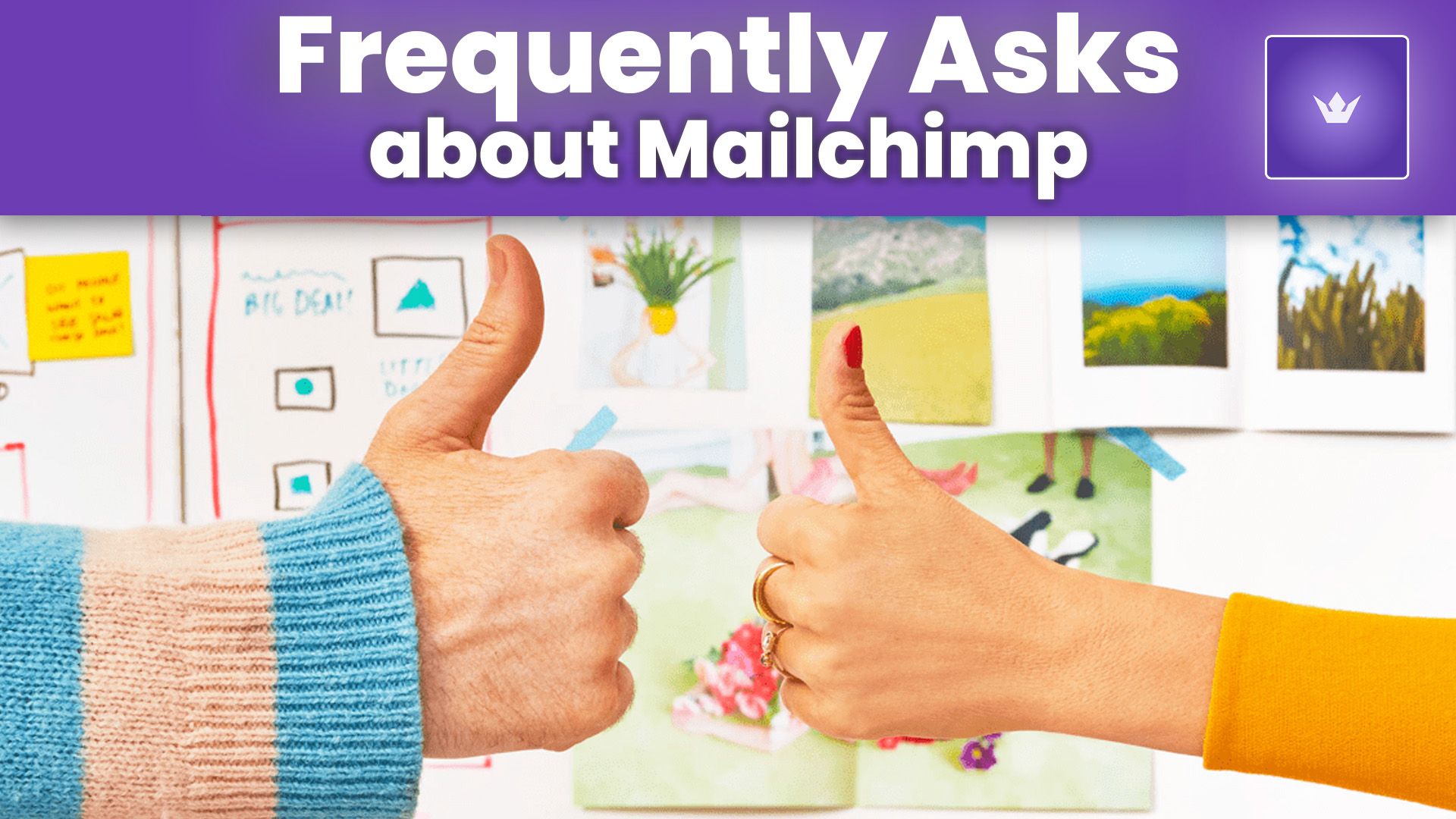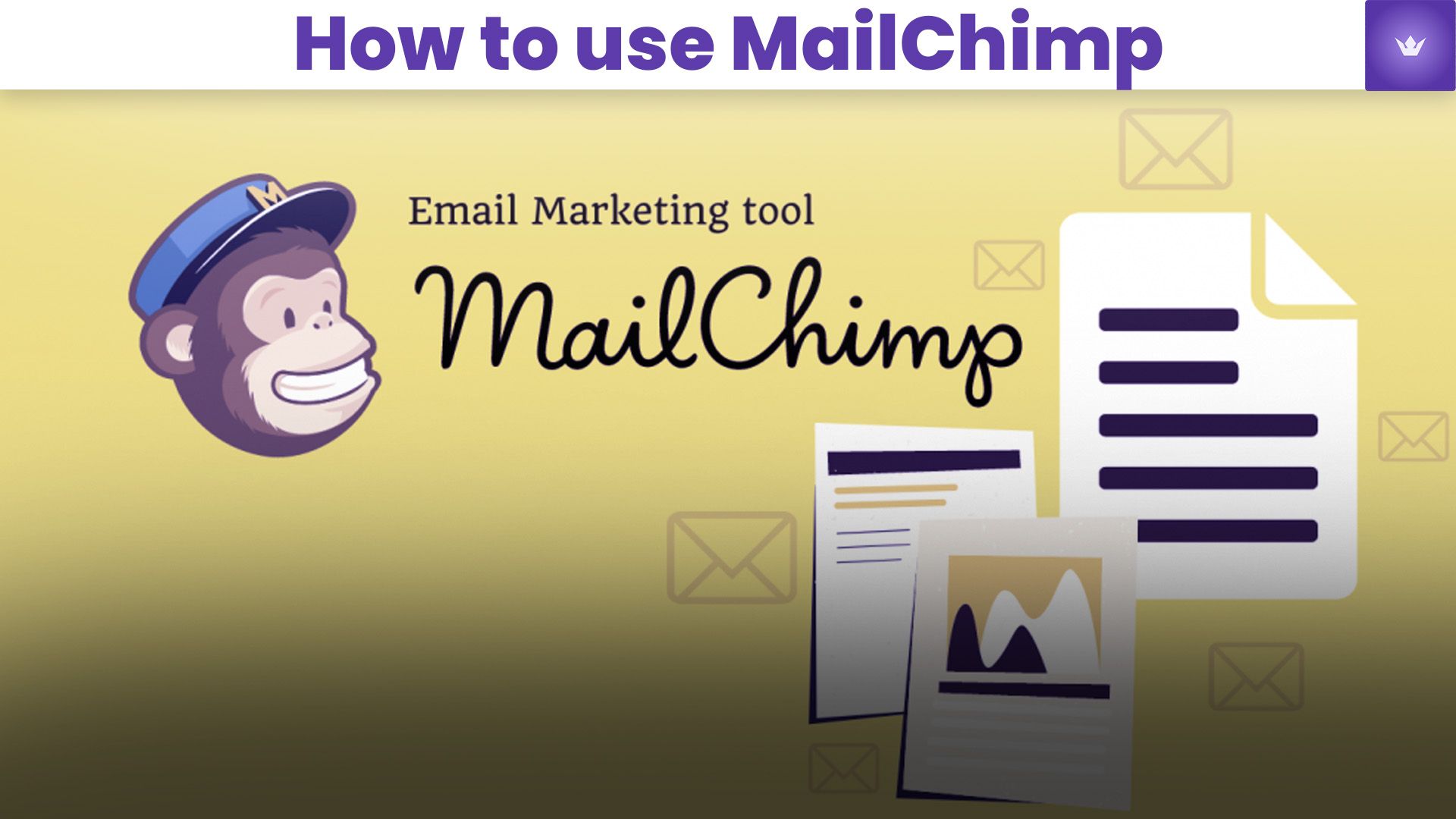Table of Contents
- Getting Started with Mailchimp
- Building and Managing Your Email List
- Creating Effective Email Campaigns
- Automating Your Marketing with Mailchimp
- Analyzing and Improving Your Results
- Advanced Mailchimp Features and Integrations
In 2025, email marketing remains a crucial component of digital marketing strategies, and Mailchimp continues to be a leading platform for businesses of all sizes. This comprehensive guide will walk you through how to use Mailchimp effectively, from setting up your account to leveraging advanced features for optimal results.

Getting Started with Mailchimp
Before diving into the specifics of creating campaigns and analyzing results, it's essential to set up your Mailchimp account properly.
Creating Your Mailchimp Account
- Visit the Mailchimp website and click on the "Sign Up Free" button.
- Enter your email address, username, and password.
- Verify your email address by clicking the link sent to your inbox.
Setting Up Your Account Details
Once your account is created, you'll need to provide some essential information:
- Company name and website
- Physical address (required for compliance with anti-spam laws)
- Industry and company size
Choosing the Right Plan
Mailchimp offers several pricing tiers to accommodate different business needs:
| Plan | Features | Best For |
|---|---|---|
| Free | Basic email marketing, up to 2,000 contacts | Small businesses or startups |
| Essentials | A/B testing, custom branding, 24/7 support | Growing businesses |
| Standard | Advanced audience insights, custom templates | Established businesses |
| Premium | Multivariate testing, phone support, unlimited seats | Large enterprises |
Choose the plan that best fits your current needs and budget, keeping in mind that you can always upgrade later as your business grows.
Building and Managing Your Email List
A successful email marketing strategy starts with a high-quality email list. Here's how to build and manage your list effectively using Mailchimp.
Creating Signup Forms
- Navigate to the "Audience" tab in your Mailchimp dashboard.
- Click on "Signup forms" and choose the type of form you want to create (embedded, pop-up, etc.).
- Customize the form fields, design, and messaging to match your brand.
Importing Existing Contacts
If you already have a list of contacts:
- Go to the "Audience" tab and click "Add contacts."
- Choose "Import contacts" and select your file format (CSV, Excel, etc.).
- Map the fields in your file to Mailchimp's fields and complete the import process.
Segmenting Your Audience
Segmentation allows you to send more targeted and relevant emails:
- In the "Audience" tab, click on "Segments."
- Create a new segment based on criteria such as demographics, purchase history, or engagement levels. Info-key: According to Mailchimp's 2025 Email Marketing Benchmarks, segmented campaigns achieve 14.31% higher open rates and 100.95% higher click rates compared to non-segmented campaigns.

Creating Effective Email Campaigns
Now that your list is set up, it's time to create engaging email campaigns that resonate with your audience.
Designing Your Email
- Click on "Create" in the main dashboard and select "Email."
- Choose a template or start from scratch.
- Use Mailchimp's drag-and-drop editor to add content blocks, images, and buttons.
Writing Compelling Content
- Craft attention-grabbing subject lines
- Keep your message clear and concise
- Include a strong call-to-action (CTA)
- Personalize content using merge tags
Testing and Sending Your Campaign
- Use Mailchimp's preview and test features to ensure your email looks good on all devices.
- Send a test email to yourself and team members for final approval.
- Schedule your campaign or send it immediately to your chosen audience segment.
Automating Your Marketing with Mailchimp
Mailchimp's automation features can save time and improve the effectiveness of your email marketing efforts.
Setting Up Automated Workflows
- Navigate to the "Automations" tab in your dashboard.
- Choose from pre-built workflows or create a custom automation.
- Set up triggers, add emails, and define the audience for your automation.
Popular Automation Types
- Welcome series for new subscribers
- Abandoned cart reminders
- Birthday or anniversary emails
- Re-engagement campaigns for inactive subscribers
Personalizing Automated Emails
Use Mailchimp's personalization features to make your automated emails more relevant:
- Dynamic content based on subscriber data
- Product recommendations
- Location-based offers
Analyzing and Improving Your Results
Mailchimp provides robust analytics to help you understand and improve your email marketing performance.
Key Metrics to Monitor
- Open rates
- Click-through rates (CTR)
- Conversion rates
- Unsubscribe rates
Using A/B Testing
- When creating a campaign, enable A/B testing.
- Choose what to test (subject line, content, send time, etc.).
- Set the test parameters and duration.
- Analyze results and apply learnings to future campaigns.
Interpreting Reports
- Access campaign reports from the "Reports" tab.
- Look for trends and patterns in your data.
- Identify top-performing content and strategies.
- Use insights to refine your email marketing approach.
Advanced Mailchimp Features and Integrations
To maximize the value of your Mailchimp account, explore these advanced features and integrations.
Mailchimp's Marketing CRM
Mailchimp's CRM allows you to:
- Track customer interactions
- Manage deals and pipelines
- Create targeted marketing campaigns based on customer data
Social Media Advertising
Integrate your email marketing with social media advertising:
- Connect your social media accounts to Mailchimp.
- Create lookalike audiences based on your email list.
- Run targeted ads on platforms like Facebook and Instagram.
E-commerce Integrations
If you run an online store, connect it to Mailchimp for enhanced functionality:
- Automatic syncing of customer data
- Product recommendations in emails
- Abandoned cart recovery campaigns
Popular e-commerce integrations include:
- Shopify
- WooCommerce
- Magento
For more information on Mailchimp's e-commerce features, check out their E-commerce guide.
Conclusion
Mastering Mailchimp in 2025 can significantly boost your email marketing efforts and drive business growth. By following the steps outlined in this guide, you'll be well-equipped to create engaging campaigns, automate your marketing processes, and make data-driven decisions to improve your results.
Remember, successful email marketing is an ongoing process of learning and optimization. Keep experimenting with different strategies, stay up-to-date with Mailchimp's latest features, and always prioritize providing value to your subscribers.
Ready to take your email marketing to the next level? Sign up for Mailchimp today and start implementing these strategies to connect with your audience and drive conversions!

FAQ
Q1: Is Mailchimp suitable for small businesses?
A: Yes, Mailchimp is an excellent choice for small businesses. It offers a free plan for up to 2,000 contacts and provides user-friendly tools that don't require extensive technical knowledge. As your business grows, you can easily upgrade to more advanced plans.
Q2: How often should I send emails using Mailchimp?
A: The optimal email frequency depends on your audience and content. Generally, sending 1-2 emails per week is a good starting point. Use Mailchimp's analytics to monitor engagement and adjust your frequency accordingly. Some businesses find success with daily emails, while others prefer monthly newsletters.
Q3: Can I use Mailchimp for transactional emails?
A: Yes, Mailchimp offers transactional email services through Mandrill, their transactional email API. This allows you to send order confirmations, shipping notifications, and other automated emails triggered by specific actions on your website or app.
Q4: How does Mailchimp ensure email deliverability?
A: Mailchimp employs several strategies to maintain high deliverability rates:
- Strict anti-spam policies
- Authentication protocols (SPF, DKIM)
- Reputation monitoring
- Bounce and complaint handling
- Dedicated IP addresses for high-volume senders
Q5: Can I integrate Mailchimp with my CRM system?
A: Yes, Mailchimp offers integrations with many popular CRM systems, including Salesforce, HubSpot, and Pipedrive. These integrations allow for seamless data synchronization between your CRM and email marketing campaigns.
Q6: What are some best practices for growing my email list using Mailchimp?
A: To grow your email list effectively:
- Create compelling lead magnets (e.g., ebooks, webinars)
- Use Mailchimp's pop-up and embedded form features on your website
- Leverage social media to promote your newsletter
- Run contests or giveaways (ensuring compliance with local laws)
- Offer exclusive content or discounts to subscribers
- Always provide an easy way to unsubscribe to maintain list quality


